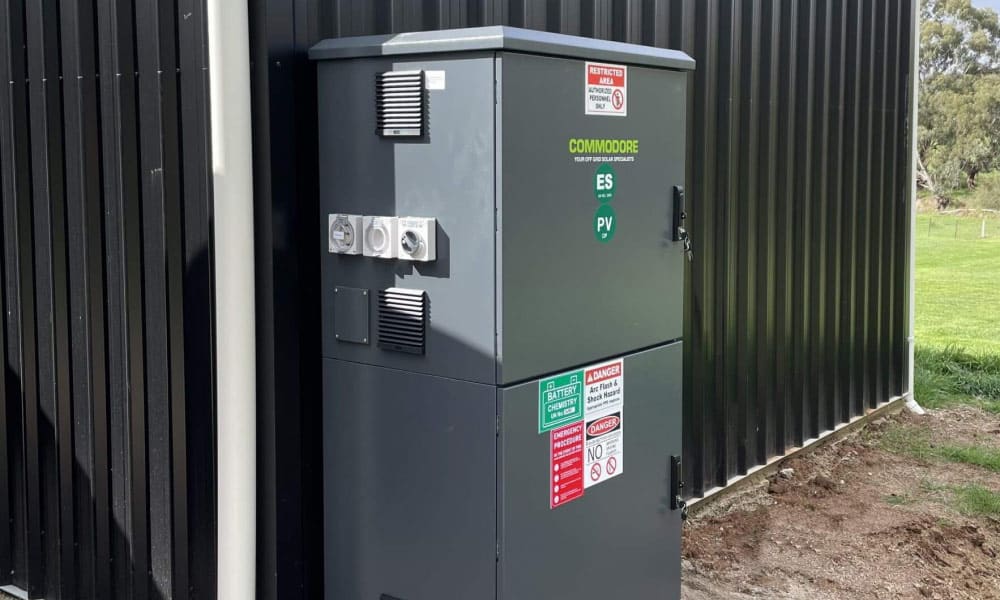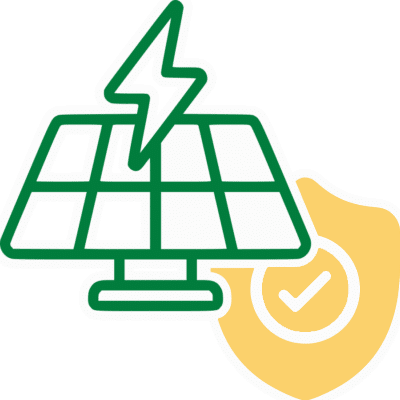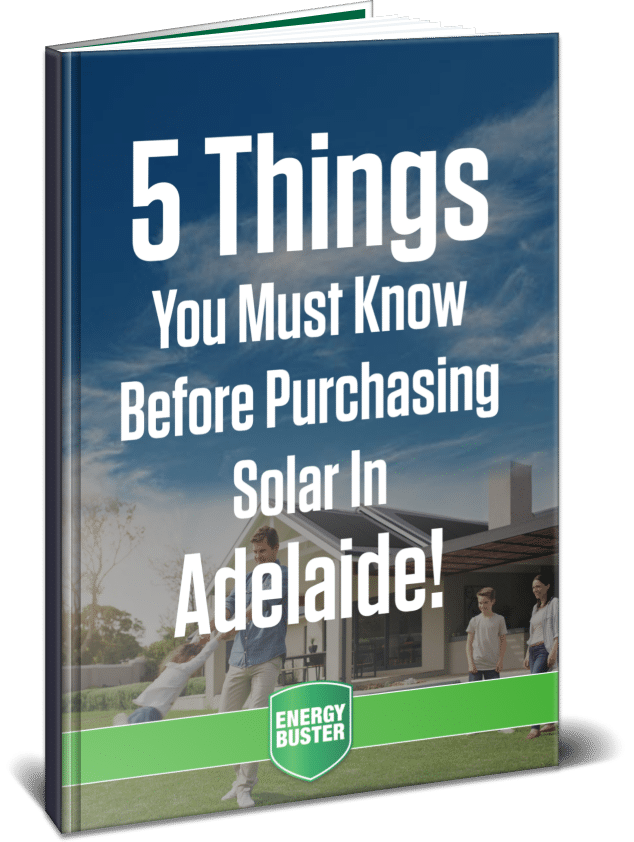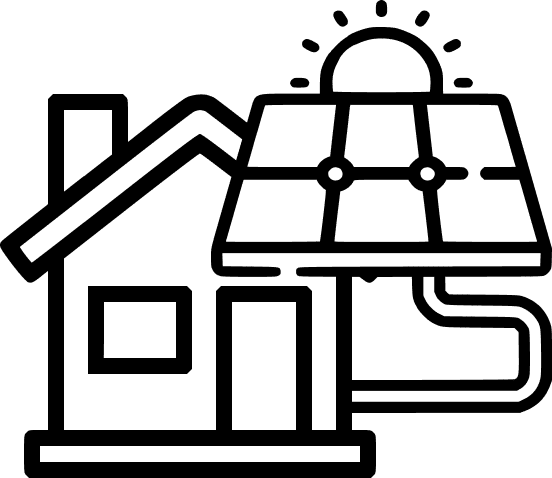
The patented technology used in our solar panels ensures maximized efficiency – even in low light – which means greater savings for our clients year round.

Research shows consumers are 100 times more likely to return a standard panel over a SunPower Panel, a testament to their quality.

The most comprehensive warranties available on the Australian market, with a full 40 Year Warranty and no hidden fine print.
Solar Systems
Unlock True Energy Freedom with Advanced Off-Grid Solar Systems Adelaide
Say goodbye to utility bills and hello to sustainable living. At Energy Buster, our cutting-edge solar panels harness the power of the sun to generate clean and renewable energy for your home or business.
With advanced battery storage solutions, you can store excess energy for use during cloudy days or at night. Our expert team of professionals will design a customised system tailored to your specific needs, maximising energy efficiency and cost savings.
Upgrade to sustainable energy with our comprehensive solar panel packages, tailored for efficiency and cost savings.
Embrace the future of energy with our reliable and eco-friendly off grid solar systems. Contact us today for an obligation-free consultation.
Let’s find out what system is right for you:

What Are the Best Types of Off Grid Systems?
In Adelaide, the best types of off grid solar systems depend on various factors such as energy needs, available space, and budget. Here are a few popular options:
Photovoltaic (PV) Panels
PV panels are the foundation of any off grid system. They convert sunlight into electricity and come in various sizes and efficiencies.
Battery Storage
To store excess energy generated by solar cells, high-quality battery storage systems are essential. Lithium-ion batteries are commonly used due to their efficiency and longer lifespan.
Hybrid Inverter
A hybrid inverter combines the functions of a solar inverter and battery inverter, optimising energy flow and allowing seamless switching between grid power and battery power.
Learn more about Hybrid Systems
Backup Generator
In some cases, a backup generator can be integrated into the off grid system to provide additional power during extended periods of low sunlight or high energy demand.
What Factors Affect Off Grid Solar System Cost?
The cost of in Adelaide can vary depending on several factors such as:
- Site Structure
- Environmental Surrounds
- Aesthetics
- Expected Performance
The other factors include the size of the system, the quality of components, and any additional features or equipment required.
Consider any available government incentives or rebates that may help offset the cost of installing an off grid solar system.
Off Grid Solar Benefits






Off Grid System Installation Process
The installation process for an off grid solar system in Adelaide typically involves several steps:
Consultation and Assessment: A reputable provider will conduct an initial consultation to understand your energy needs, site conditions, and any specific requirements. They will assess your location for the potential and evaluate the feasibility of an off grid system.
System Design: Based on the assessment, the provider will design a customized off grid system that suits your energy requirements. This includes determining the appropriate panel capacity, and battery storage capacity, and selecting the necessary components.
Permits and Approvals: The provider will handle the necessary permits and approvals required for the installation. This may include obtaining approvals from local authorities or utility companies, depending on the regulations in Adelaide.
Installation: Once the design is finalised and permits are obtained, the installation process begins. This involves mounting the panels on your roof or ground-mounted racks, installing the battery storage system, and connecting the necessary wiring and components.
Electrical Work: A licensed electrician will handle the electrical connections, ensuring the safe and proper integration of the off grid system with your property’s electrical system.
System Testing and Commissioning: After the installation is complete, the system will undergo thorough testing to ensure proper functioning and performance. This includes checking the connections, testing the battery storage, and verifying the system’s energy production.
Monitoring and Maintenance: Once the system is operational, it’s important to regularly monitor its performance and conduct routine maintenance. This includes checking the panels for cleanliness, inspecting battery health, and ensuring overall system efficiency.
If you think that purchasing panels is the right thing for you, then the next step is to decide on the best brand and system size. Get in touch with us by either calling us on (08) 7120 6377 or by filling out our fast free quote form.























































